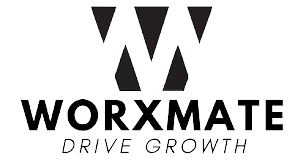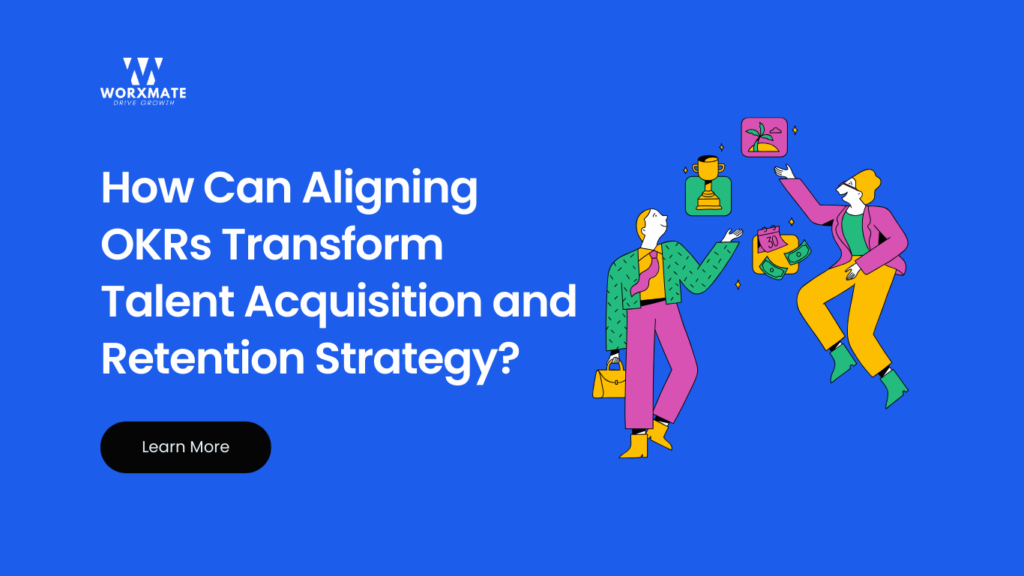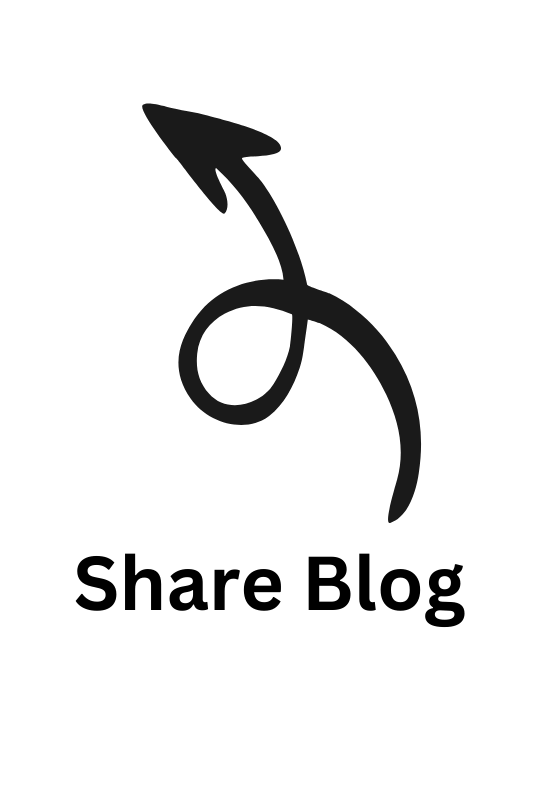The Cost of Inefficiency is More Than You Think! Yes, you read it right.
According to a 2023 McKinsey study on workforce productivity, employee disengagement and turnover in a typical S&P 500 company could lead to staggering productivity losses of up to $355 million annually.
In a post-pandemic, AI-driven world—where innovation is non-negotiable, and hybrid and remote work models are reshaping the landscape—HR leaders urgently need to adopt flexible strategies that align employees while also reducing productivity losses.
To avoid such staggering losses, it’s imperative for HR leaders to have well-defined OKRs (Objectives and Key Results) specifically focused on recruitment, talent acquisition, and retention. These OKRs serve as a strategic tool to align teams, drive growth, and cultivate a dynamic workplace culture.
By setting clear objectives and measurable results through OKR platforms, HR leaders can proactively address disengagement, ensure alignment with organizational goals, and foster an environment that attracts and retains top talent—ultimately safeguarding against productivity losses.
To understand the strategies, let’s explore two major facets of OKR’s for HR leaders and companies:
Enhancing Diversity and Performance through Talent Acquisition through OKR
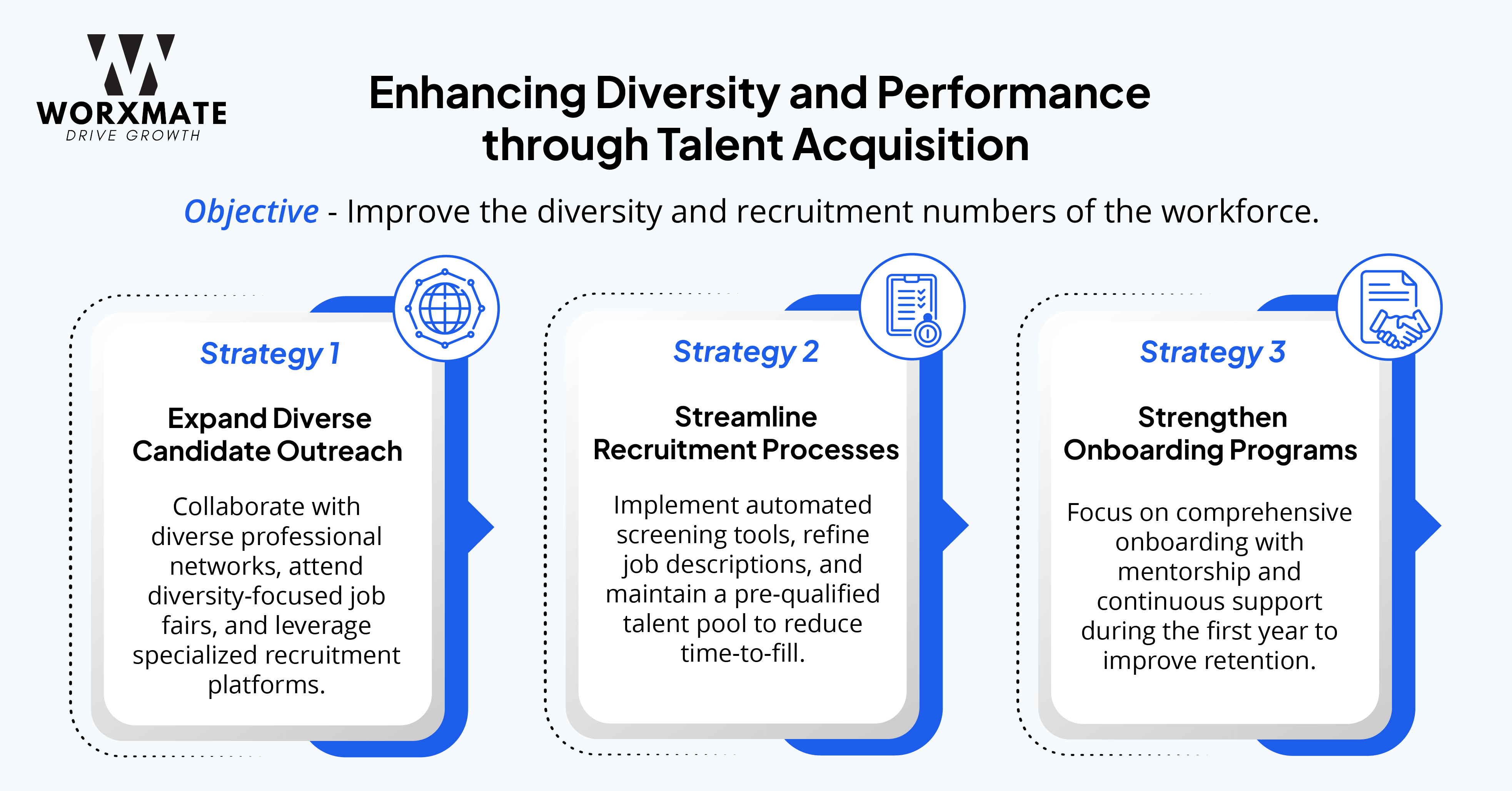
Strategies:
- Expand Diverse Candidate Outreach:
To increase the percentage of diverse candidates in the hiring pipeline, HR leaders can collaborate with diverse professional networks, attend diversity-focused job fairs, and leverage specialized recruitment platforms. This proactive approach ensures that a broader range of candidates enters the pipeline, ultimately enriching the talent pool with varied perspectives. - Streamline Recruitment Processes:
Reducing the time-to-fill for critical roles is crucial for maintaining productivity. Implementing automated screening tools, refining job descriptions, and maintaining a pre-qualified talent pool can accelerate the recruitment process. This ensures that the best candidates are hired swiftly, minimizing the impact of vacancies on team performance. - Strengthen Onboarding Programs:
To improve the new hire retention rate, HR leaders should focus on comprehensive onboarding programs. A well-structured onboarding experience, which includes mentorship and continuous support during the first year, can help new hires integrate smoothly into the company culture and feel valued from the start.
Cultivating Engagement and Belonging for Employee Engagement and Retention through OKR
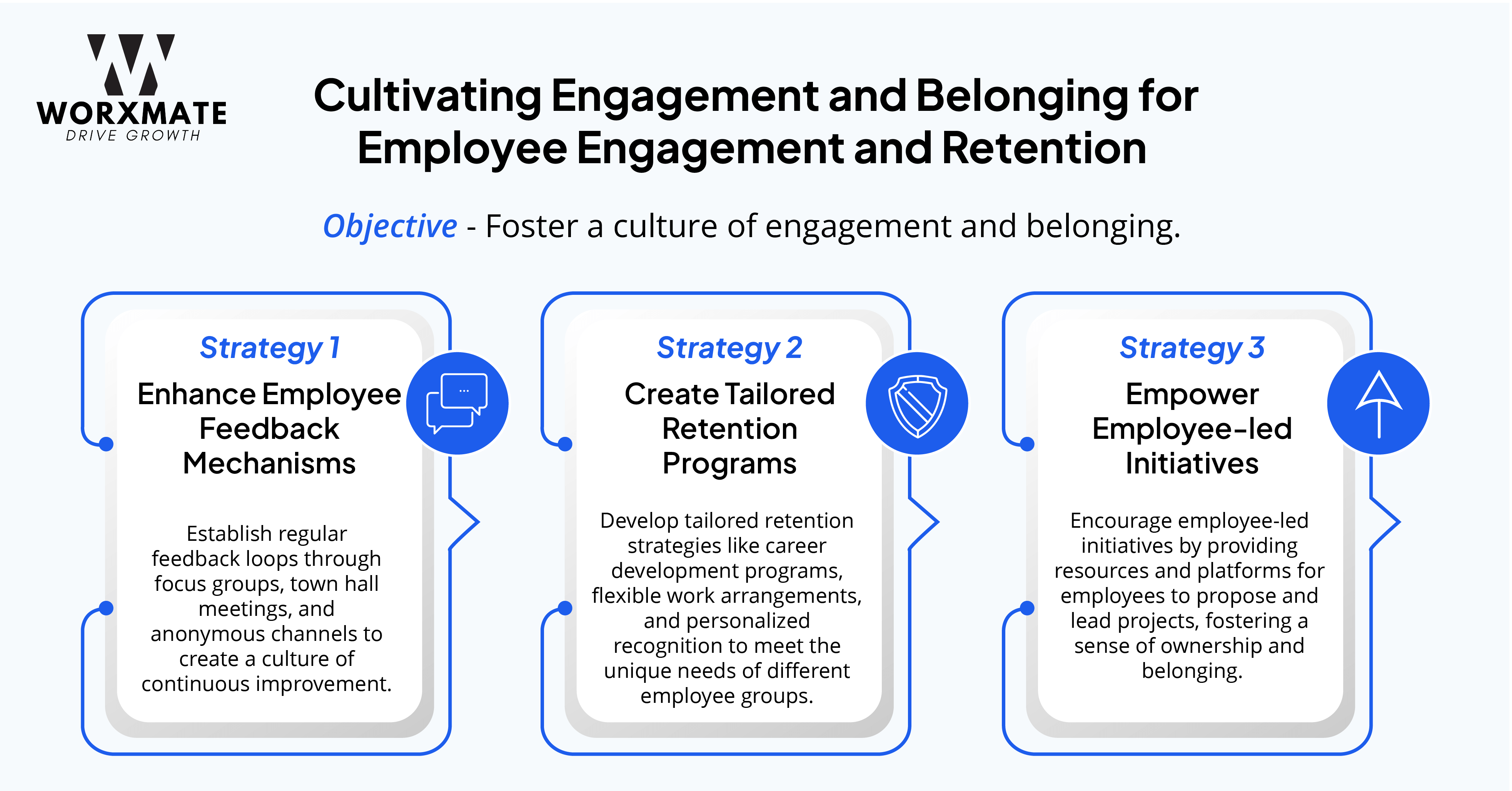
Strategies:
- Enhance Employee Feedback Mechanisms:
Increasing employee engagement survey scores requires more than just conducting surveys. HR leaders should establish regular feedback loops, where employees feel heard and see their suggestions implemented. This can be done through focus groups, town hall meetings, and anonymous feedback channels, creating a culture of continuous improvement through OKR platforms. - Create Tailored Retention Programs:
Reducing the voluntary turnover rate necessitates understanding the specific needs of different employee groups. HR leaders can develop tailored retention strategies, such as career development programs, flexible work arrangements, and personalized recognition, to address the unique motivations of various demographics within the workforce through OKR platforms. - Empower Employee-led Initiatives:
Encouraging and implementing employee-led initiatives to improve workplace culture not only drives engagement but also fosters a sense of ownership and belonging. HR leaders should provide resources and platforms for employees to propose and lead projects that align with their interests and values, thereby reinforcing a positive work environment through OKR platforms.
Now that we have laid out the strategies, let’s dive into the expected five key results.
- Increase the percentage of diverse candidates in the hiring pipeline:
By expanding outreach efforts to diverse communities, an organization can significantly boost the diversity of its candidate pool. For instance, leveraging partnerships with minority-focused professional organizations, attending diversity job fairs, and using AI tools to eliminate bias in job descriptions could lead to a 20% increase in the proportion of diverse candidates within a year. - Reduce time-to-fill for critical roles:
Streamlining recruitment processes can lead to a more efficient hiring cycle. Implementing automated resume screening, maintaining a talent pool of pre-qualified candidates, and enhancing the employer brand to attract passive candidates could reduce the time-to-fill for key roles by 15 days, thereby minimizing operational disruptions and improving team productivity. - Improve new hire retention rate within the first year:
Strengthened onboarding and continuous support systems can significantly enhance new hire retention. By ensuring that new employees feel welcomed and integrated into the company culture, organizations can see a 15% improvement in retention rates. This could translate into considerable cost savings by reducing the need to rehire and retrain. - Reduce voluntary turnover rate:
Tailored retention programs, such as career development opportunities, personalized recognition, and flexible work arrangements, can lead to a reduction in voluntary turnover. A 5% decrease might seem modest, but in large organizations, this can equate to retaining dozens of valuable employees, reducing recruitment costs, and maintaining continuity in projects and operations. - Increase employee engagement survey scores:
By enhancing feedback mechanisms and acting on employee suggestions, organizations can significantly boost engagement. For instance, regular town halls, anonymous feedback channels, and a visible commitment to implementing suggestions can increase engagement scores by 20% within a year, reflecting a more satisfied and motivated workforce.
Conclusion-The Measurable Improvements
By aligning OKRs with Talent Acquisition and Retention strategies, organizations can directly address the costly inefficiencies highlighted earlier. The measurable improvements—such as reducing time-to-fill by 15 days, boosting retention rates by 15%, and increasing engagement scores by 20%—demonstrate how strategic alignment can counteract the risks of disengagement and turnover.
This approach not only recovers potential losses but also transforms these challenges into opportunities for growth, ultimately unlocking greater employee efficiency and fostering a thriving, resilient workplace in our rapidly evolving, innovation-driven world.
Looking to supercharge your talent acquisition and retention strategy?
Let’s chat about how aligning OKRs can make a real difference for your team.
Book a call with us to see how Worxmate’s OKR solutions can help you hit those impressive targets.
